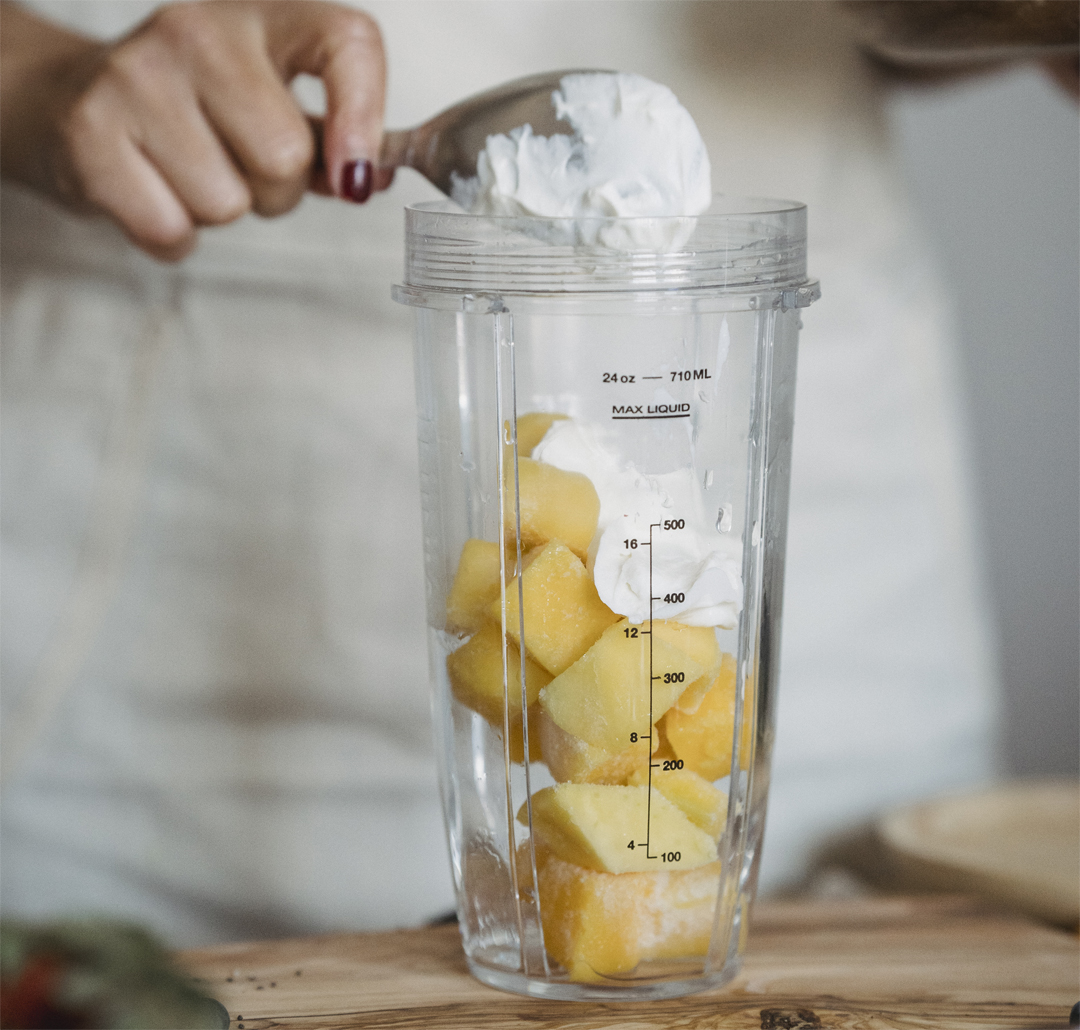
What are the different types of blenders available?
There are several types of blenders available on the market, each with its own unique features and benefits. Immersion blenders are great for making smoothies, soups and sauces. They’re also easy to clean since they don’t have any removable parts. Countertop blenders are larger and more powerful than immersion blenders, so they can handle tougher ingredients like ice cubes or nuts. They usually come with multiple speed settings and a variety of attachments for different tasks. Personal blenders are smaller than countertop models but still powerful enough to make smoothies or shakes quickly. They’re perfect for single-serve drinks or small batches of food. High-performance blenders offer the most power and versatility out of all the blender types. They can easily blend tough ingredients like ice cubes into a smooth consistency in seconds, as well as grind grains or knead dough for baking projects.
What features should I look for when shopping for a blender?
When shopping for a blender, there are several features you should consider. First, think about the size of the blender and how much space it will take up in your kitchen. If you have limited counter space, look for a smaller model that can easily be stored away when not in use. Next, consider the power of the motor. The more powerful the motor is, the better it will be able to blend ingredients quickly and efficiently to really get that consistency that you are looking for when your making that next smoothie for example. Additionally, look for blenders with multiple speed settings, so you can adjust them depending on what type of food or drink you’re making. Finally, make sure to check out any additional features such as pre-programmed settings or pulse functions that may come with certain models. These extra features can help make blending easier and more convenient.
How to choose the right blender for your needs
When it comes to choosing the right blender for your needs, there are a few things you should consider. First, think about what type of blending tasks you will be doing most often. If you plan on making smoothies or shakes, then a powerful motor is essential. Look for blenders with at least 500 watts of power and multiple speed settings, so that you can adjust the speed depending on what ingredients you’re blending. If you plan on using your blender for more than just drinks, such as chopping vegetables or grinding nuts and seeds, then look for one with a larger capacity jar and multiple blades that can handle tougher ingredients. Additionally, if noise is an issue in your kitchen, look for blenders with sound-dampening technology to reduce the noise level while blending. Finally, consider how easy it is to clean the blender after use; some models have removable parts that make cleaning easier and faster.
Common Questions About Using a Blender
Blenders are incredibly versatile kitchen appliances that can be used for a variety of tasks, from blending smoothies to making sauces and soups to name just a few. But before you start using one, there are some common questions you should know the answers to.
First, what type of blender should I buy? This depends on your needs and budget. If you’re looking for something basic that will just blend smoothies or make purees, then a standard countertop blender is probably all you need. However, if you want something more powerful that can handle tougher tasks like crushing ice or grinding nuts and seeds, then an immersion blender or high-powered blender might be better suited for your needs.
Second, how do I clean my blender? Most blenders come with instructions on how to properly clean them after each use. Generally speaking though, it’s best to rinse out the jar immediately after use with warm soapy water and let it air dry before putting it away. You should also periodically disassemble the blades and other removable parts and give them a thorough cleaning as well. Keep in mind for this that when cleaning the blades do take care when cleaning them after use as to not getting anything caught in the blades during cleaning.
Finally, what safety precautions should I take when using a blender? Always make sure the lid is securely in place before turning on the machine – this will help prevent any accidents from occurring while blending hot liquids or ingredients with sharp edges (like nuts). Additionally, never put your hands inside the jar while it’s running – instead use a long spoon or spatula to push down any ingredients that may have gotten stuck in the blades.
When shopping for a new blender and looking at the many options available, consider factors such as motor power, blade type and material, jar size and shape, controls, settings and safety features not to mention the brands that are available. Additionally, look into warranty information to ensure you are getting the best quality appliance for your money.
Comments
comments